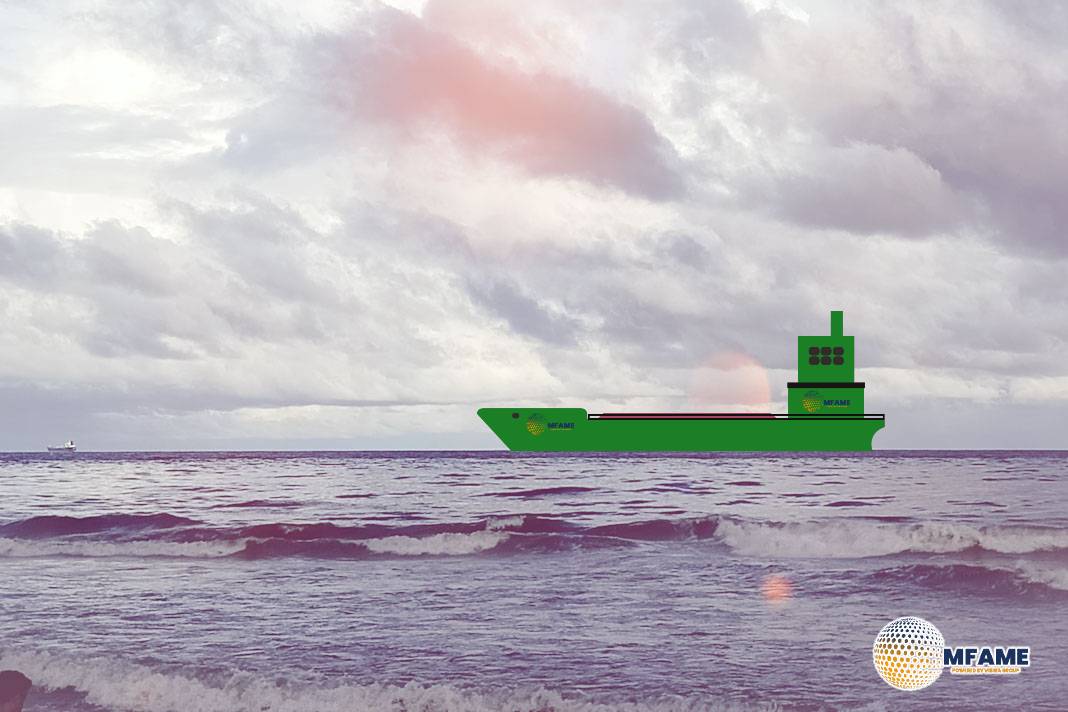A Marine Safety Forum safety alert reports of a Grease Gun Hand Injury.
What Happened
During routine greasing of a tensioner unit using an electrically powered battery grease gun, the hose burst and grease punctured the Injured Persons (IP) hand.
The crew member was wearing full PPE and performing the task following safety procedures that were in place at the time. As the crew member attempted to remove the greasing hose from the greasing point, the hose burst on his right hand. The high-pressured grease passed through the damaged hose causing a penetration through his glove, leading to a small open wound on his skin.
The IP immediately attempted to remove as much grease as possible from the wound and proceeded directly to the onboard medic for evaluation and treatment. Upon consultation between Medic and Captain and review of COSHH Assessment / MSDS it was decided to sail back to port for medical attention at local hospital.
Why Did it Happen/Cause
The following causes were identified during the subsequent investigation:
Immediate Cause
- The failure of the greasing gun hose under pressure caused the unexpected release of grease.
- The pressure release valve did not function as expected, causing grease to be injected at high pressure.
Underlying Cause
- Possible human error in handling the greasing equipment due to lack of experience, insufficient training and lack of awareness of the hazards involved. When he needed to swap the grease hose from one grease nipple to another, he discovered that removing the hose was quite difficult.
- The IP was unaware of the high pressure in the grease gun system at the time, therefore he began to exert effort on the grease hose to remove it from the grease nipple. The grease hose was (most likely) unable to handle the IP’s pressure and collapsed. This resulted in a grease injection through his glove and skin into his right hand.
Lessons Learnt & Actions/Recommendations
- High-pressure grease guns have the potential to cause serious injury or even death if not properly used and properly maintained. Grease in this type of equipment is under pressure up to an operating pressure 69 MPa (10,000 psi).
- The velocity of grease forced through a pinhole break in a hydraulic hose can be in excess of 250 metres per second (600ft/s). This is close to the muzzle velocity of a rifle, and is sufficient to drive fluids through protective clothing, including protective gloves.
- Penetration of the skin can occur at pressures as low as 100psi.
Personnel were not aware of the dangers of high pressure injected injuries.
Actions
- Specific JSA / RA to be in place for using grease guns and compliance with equipment manufacturers manual. Anyone using grease guns should inspect the integrity and security of grease nipples and hoses prior to starting the task.
- Ensure correct gloves are used with grease gun (part of JSA).
- Raise awareness on dangers of using grease guns throughout company and at wider industry level.
- Investigate suitable alternatives to the grease guns in use.
- Discuss incident with OEM to inform them about the hose failure.
Did you subscribe to our daily Newsletter?
It’s Free Click here to Subscribe!
Source: Marine Safety Forum

















